About the blog: The Konyak Nagas or the Konyak tribe of Nagaland are an ethnic group known for their headhunting practices and facial tattoos. They were a warrior tribe known for decapitating the heads of their enemies and bringing it back to their village as a trophy. The practice of headhunting carried on till the 1970s and today only a few of the fierce headhunters of Nagaland are alive. Read this blog to know more about them and their culture.
However, a disclaimer first!
This article speaks about an ethnic tribe in Nagaland known for their fierce practices. They are a warrior tribe known for violent killings of their enemies. As such, this article will mention practices of killing and violence. If this is something you are not comfortable with, then do not read further.
However, if you decide to read it further, please read it with an open mind. Please note that things mentioned here are a part of the culture of the Konyak tribe and it was their way of life. We are no one to judge them and neither is it our place to do so.
The Tattooed Headhunters of Nagaland

When I first heard about the tattooed headhunters of Nagaland, I was intrigued. There is a group of people who have tattoos on their faces and different parts of their bodies. They also belong to the fierce warrior clan who used to sever the heads of their enemies. They are the members of the Konyak tribe of Nagaland, an ethnic group who are known for their fearsome headhunting practices and elaborate facial tattoos.
And today, only a few of the fearless, as well as, feared headhunters remain.
The Konyak tribe is one of the 17 tribes residing in Nagaland in Northeast India, bordered by Myanmar to the east and Assam to the West. One of the smallest states in India, Nagaland is a land blessed with nature’s beauty. It is also one of the most culturally vibrant states in India, known mostly in the tourism circuit for Hornbill Festival. The Konyak tribes find their home in Mon district lying on the eastern part of Nagaland.
If you want to know more about the Konyak tribe or the famed Headhunters of Nagaland, you are in the right place. Read on!
Konyak Tribe of Nagaland – Video
A Brief History of the Konyak Tribe
What today is known as the Konyak Tribe of Nagaland was once a group of separate ethnic entities. Before the advent of the British, these separate groups identified themselves based on their geographical locations, tattoo patterns and language. The British used the term Konyak to group all of them under a single name.
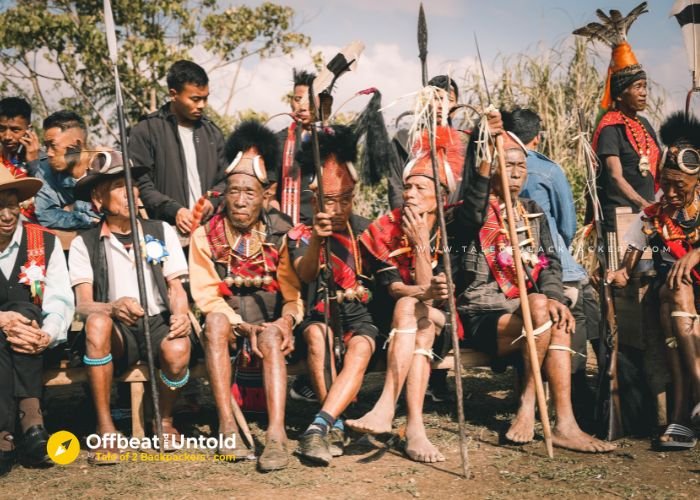
Interestingly, the Konyak tribe does not have any written script. All their history, traditions, culture and knowledge have been transmitted from generation to generation orally through folklore, folk songs, poems and general sayings about the ways of life. The Konyak tribe has songs for every mundane day to day task. Daily chores like farming or rice pounding have songs dedicated to it. There are oral lores about daily life, love, life and death, headhunting and tattooing.
The Konyak tribe belongs to the mongoloid race. It is believed that the Konyak tribe had migrated to the present day Mon district of Nagaland from the east after crossing the Patkai Hills.
Mon – The Land of Anghs
Mon district is also known as the “The Land of Anghs”. The Angh is basically the monarchical head of the village. He is like the King of the village and his tribe. Every village in the area has an Angh. However, nine villages are considered to be the most powerful and their Anghs are considered to be most powerful of all the Anghs. The lineage of these 9 Anghs, also known as Angh-tak is believed to belong to the highest noble family. These nine Konyak villages are Chi, Mon, Longwa, Sheanghah Chingyu, Shangnyu, Longzang, Tang, Yansha and Zangkham.
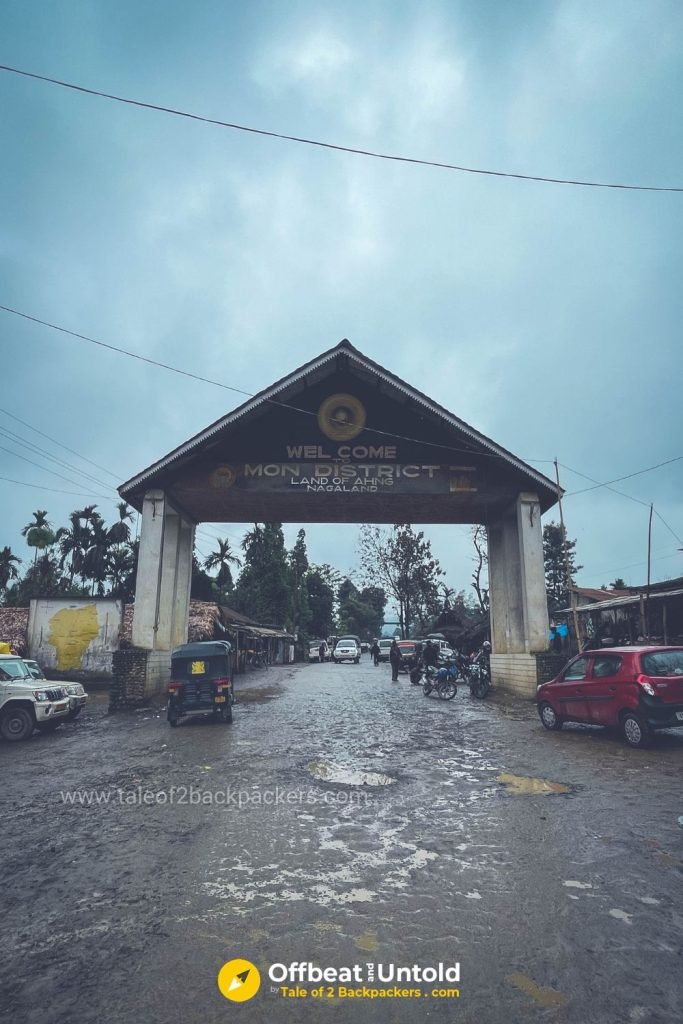
In these villages, transfer of power is hereditary. Only the son of the Angh can be the next Angh. I also heard another interesting bit of information. The Angh-tak of a village must marry an Anghya, or the daughter of another Angh-tak from a different village. This marriage is generally an alliance formed between two powerful villages. Only the children born by this royal lady can be the heir of the Angh-tak. The eldest son usually gets to be the next Angh or King.
The Angh-tak can also opt to take other lovers and concubines at the same time. But the children born by them do not get any right in the property.
This type of social system where power is hereditary is prevalent only in the Northern part of Mon district, also known as the Lower Konyak area.
In the southern part of Mon, also known as the Upper Konyak area, power is not hereditary. In those areas, the system is autocratic and power has to be earned through status, prestige, wealth and valor.
The Headhunters of Nagaland

Headhunting was once the heart of Naga society. Almost all the tribes in Nagaland used to practice headhunting. But it is the Konyak tribe that holds a special place in the stories and lores surrounding them. It is probably because of the reason that the Konyak tribe was the last ones to give up the practice of headhunting.
The Konyak Naga tribe are a fierce warrior tribe, known for their ferocity and warring practices with neighboring villages. They are known for their headhunting prowess, where they used to sever the heads of their enemies and bring back the victim’s head to the village as a trophy. These heads would then be adorned on the walls and doorways of the warriors’ homes. The men who would bring back a severed head used to be hailed as a hero and a warrior.

This war loving and ferocious nature of the Konyak Naga tribe isolated them from the influence of the outside world for a long time. It was only in the early twentieth century with the arrival of the British, they gradually began to come in contact with the outside world.
So, What is Headhunting?
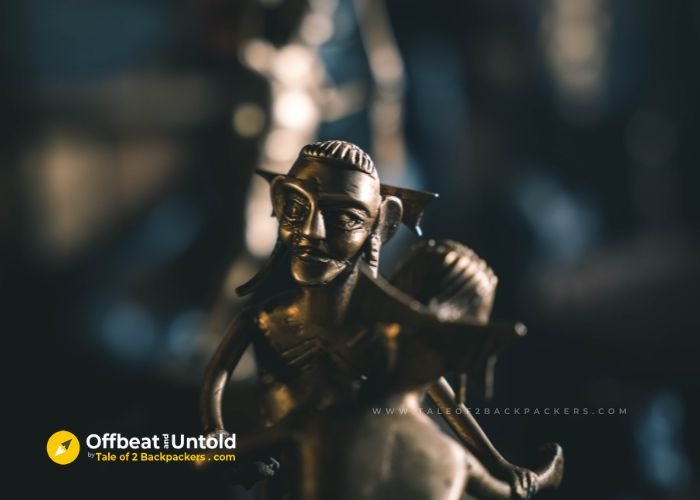
Headhunting was the practice of taking and preserving a decapitated head. So, why would the Konyak tribe rip off the heads of their enemies? Was it only for power? Was it for fun? Well, one of the reasons for the practice of headhunting was definitely for power. If one severed the head of another from an enemy village, it would speak of their power over that village. But there are several other reasons that went into the headhunting practices by the Naga tribes.

The Konyak tribe believed that the skull contains all the soul force and power of the being. It is inside the head where the soul and power resided. This soul force is strongly related to the prosperity and fertility of the land, bountiful crops and general well-being of the villagers. The human skulls contained the strongest soul force.
All the skulls brought to the village were kept at designated places. Usually, animal skulls were placed at the house of the individuals who hunted them. Human enemy skulls were brought and decorated at the house of the Angh and at the Morungs.
What are Morungs?
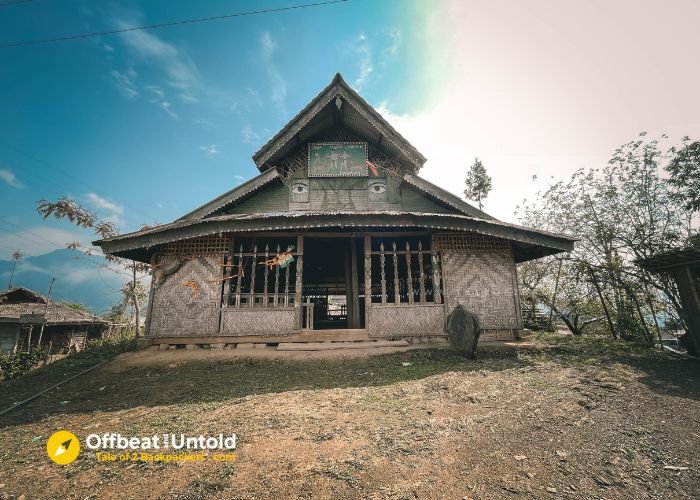
Morungs are the dormitories where the male members of the Konyak spent their time before getting married. Each village had a number of Morungs depending on their population. Young boys would enter the Morungs at a young age and stay there. They learnt hunting, farming and other ways of life in the Morungs from their elders. The young boys would get their first tattoos done in the Morungs. They would also bring their first victim’s head in the Morung. Only after they got married, would they move into their houses.
Beliefs associated with the headhunting practices

There was another belief associated with the headhunting practices. The Konyaks believed that by winning the head of a victim, he secured the service of the victim in the afterlife.
Headhunting provided the hunter a status of a great warrior and it increased their social standing through the making of a facial tattoo.
The headhunting practice was also done to acquire tattoos that marked the rite of passage from boyhood to manhood.
Sometimes, headhunting was practiced because of blood feud or as a retaliation against an enemy.
Headhunting was also done for the inauguration of a Morung or a new log drum. Thus, headhunting practices were something that was integral to the Konyak Naga society.

The Konyak tribe used to do headhunting in stealth. They would ambush the victim by a surprise attack and would sever their heads. Usually, open fighting and large-scale raids were conducted only to wipe out entire villages.
Headhunting invariably played a major role in the Konyak culture.
The Konyak tribe was one of the last ones to give up headhunting. There were several rituals and ceremonies associated with headhuntings. There would be rituals before the warrior went for headhunting and there would be several others after he came back victorious. Songs were sung and dances were performed after a successful headhunting raid.
Konyak Tribe and Tattoos


While headhunting was practiced among almost all the tribes of Nagaland, it is the tattoos that make the Konyak tribe unique. And it is also these tattoos that interested me the most to visit the land of the Konyak Naga tribe. To the outside world, the Konyak tribe is often known as the face tattoo tribe of Nagaland.
The tattoos adorning the bodies of the Konyaks were like an identification mark on their bodies. These tattoos separated a child from an adult, a warrior from a common man. Even women had tattoos. The tattoos of Konyak women mainly identified an aristocratic woman from the rest or an unmarried woman from a married one. Mainly these tattoos depicted the maturity of a person, their coming of age and having passed from one stage of life to another.

There was a common belief that those with tattoos would ensure a safe passage to the afterlife. Thus, there were almost no Konyaks without tattoos.
However, it is the facial tattoos that intrigued me the most. And perhaps these facial tattoos are the most fascinating part of the Konyak Naga tribe.
Only a warrior who was able to bring a severed head to the village got the entitlement to get a facial tattoo. Tattoos on their faces marked that they were the finest warriors of the land. Thus headhunting and the ritual of tattooing was inexorably linked.
Reasons for getting Tattooes
There were several reasons for getting a tattoo on the bodies. The significance of the tattoos were based on their designs and patterns as well as the place where they were made.

For example, facial tattoos were done only on the headhunters or the warriors. Those who did not cut a head would never get a facial tattoo. Tattoos on the chest depicted the different stages of life.
For women, tattoos marked their physical journey. A young Konyak girl would get a tattoo done on the calves of their legs.

When a young woman was betrothed to be married, she would get a tattoo on their knees. Only a female of noble origin would get a tattoo on their arms or neck.

Each tattoo and their pattern has their own significance and meanings which is beyond the scope of this article.
The Tattoo Artists – Who made the tattoos?
It is interesting to note that the tattoos were done only by the women belonging to the noble families of the Anghs (Chiefs). Only the Anghyas (or queens) would make the tattoos on the bodies of the Konyak men.

The art of tattoo making was passed on from the mother to the daughter. When they married to other villages, they took the designs and expertise with them. Usually, the ladies would first make tattoos on other girls. It was like practice before they would draw tattoos on the men.
There were also male tattoo artists who specialized in some rare forms of tattoos, like the tattoos of the tiger spirit. These tattoos were usually drawn on the back of the most powerful Anghs.
Technique of Tattooing
Tattoos were done by using a handcrafted comb. These combs were made from the rattan palm spikes bound together by plant fibres. There were two techniques of Konyak tattoos – hand tapping and hand hammering. The comb made by rattan palm spikes were dipped in a special ink made from the resin of Toona ciliata tree and were then tapped with another tool or hammered on the skin consistently to make the patterns.

It was a painful process. And thus, the tattooing was to be done at one go in a single day.
The day any Konyak Naga was inked, it was a day of celebration. An animal would be slaughtered for feast. The women would prepare traditional sticky rice. There would be enough rice beer for everyone in the village.
Teeth Blackening of the Konyak Tribe


If you have seen the pictures of the Headhunters of Nagaland or the Konyak tribe, you might have noticed that some of their teeth are blackened.
Blackening of teeth was an individual choice of the Konyak tribes. Black teeth were considered to be a sign of sexual maturity. Thus, black teeth were a sign of beautification as well as to prevent tooth decay.

For blackening their teeth, the Konyaks would heat an iron machete over fire and collect the soot. The black soot was then applied to the teeth. It was a ritual that was practiced daily until the staining was permanent. It was just like we brush our teeth everyday.
Hunting and the Konyak Tribe

Hunting was one of the major activities of the Konyak men. Every male child of the house had a particular weapon reserved for them. The Konyaks used dao, bow and arrow, spear and guns for hunting.
Usually when an animal was hunted, the head was gifted to the Angh. As such you can see the skeleton of several animal heads adorned on the walls of the house of the Angh.
There were however, a few animals that were usually not hunted. These were mainly the spirit animals and their hunting was considered to bring bad omen.

End of Headhunting and Tattooing
Officially, the practice of headhunting was banned and prohibited by the British in 1935. In the British Administered areas, the practice gradually stopped since then. However, in the Unadministered areas, the practice continued till the 1970s. With the arrival of the Christian missionaries, the headhunting practices came to an end. The missionaries introduced new religion and modern education that gradually led to a transition in the lifestyle of not only the Konyak Naga people, but also the whole of Nagaland.

The missionaries who arrived in the 1940s considered tattooing as a heathen practice. Along with the headhunting ban, conversion to Christianity and contact with the outside world, the practice of tattooing gradually declined. Finally, in 1960, the Konyak Student Union officially passed a resolution to stop the practice of tattooing. The last tattooing took place in the late 1970s before it was totally banned.
As the Konyaks turned to Christianity, schools and medical facilities found their way in their daily life. The Konyaks gradually embraced modern ways. But with that, many of their old traditions and cultures were lost.
However, not everything was bad. Our host told us that before Christianity, no one would visit their village and neither would they visit other villages. Neighboring villages were considered enemies unless there was a diplomatic marriage between two warring villages. Christianity taught them to love their neighbors. Today, they can travel to other villages freely and have friends all over!
Festivals of the Konyak Tribe of Nagaland
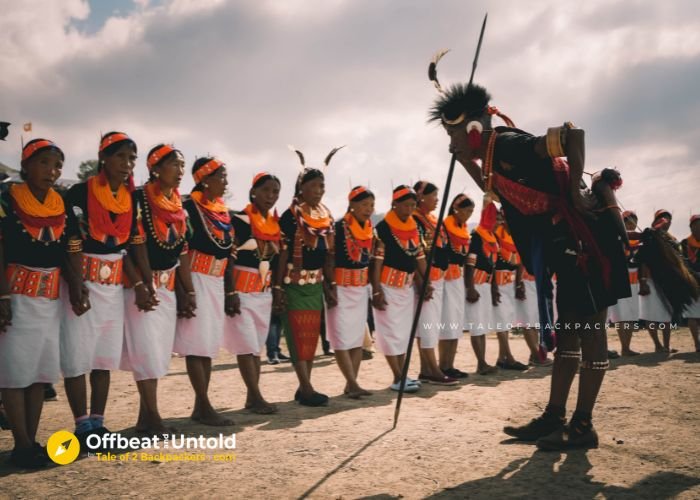
The Konyak tribe have feasts and rituals all through the year. Any important event is marked by a feast in the village. The main festival of the Konyak tribe, however, is the Aoling Festival, also known as Aoleang Monyu. This is a spring festival observed to welcome the colors of the spring and mark the new season for sowing.

Aoling Festival is celebrated every year from April 1 to 6. This is done to seek blessings from the supreme god in order to have a bountiful harvest. The festival is also the time for remembering those who have passed.
It is also the time for meeting friends and families and making new friends. There is celebration in all the villages. Friends, neighbors and relatives are invited over for a feast.

People are adorned in their traditional attires and they sing folk songs, dance and beat the log drums. There are competitions and winners get prizes. Men wear their traditional dresses with headdresses containing hornbill feathers and boar tusks. They also have brass skull necklaces around their necks. And wearing these, the men perform the war dance. The women sing folk songs. The entire village is full of life and colors during the Aoling festival.

The Angh and his Penis Tattoo
Yes, you read it right. There was an Angh who had a tattoo done on his penis! Angh Chakwang of Longzang village was one of the most powerful and fiercest headhunters of his time. Headhunting and consequent tattooing was common in those days. The headhunter would get tattoos done on his face first, followed by the neck and then other body parts. This Angh had severed so many heads that there were no places left on his body for making tattoos. Only his penis was not inked.

In order to mark his status as the greatest warrior, he decided to get a penis tattoo done, thus making him the only person with a rare penis tattoo.
The Angh was said to have 30 wives, five of whom were from the blue blood. 11 of his wives were involved in inking his penis.
Well, there is no written evidence of this anecdote, since stories and traditions are transmitted orally in the Konyak tribe. We only heard this from a local villager.
Headhunters Today
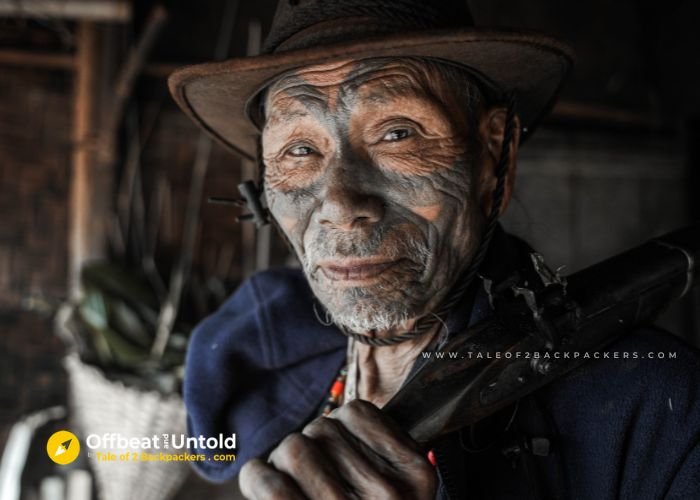
The practice of headhunting and tattooing has long since stopped. But the Konyaks are proud of their warrior past. The male members of the families still possess homemade guns made in their villages and dao (the long blade headhunting knives. Although they do not resolve their conflicts using these weapons, they are skilled in their uses. The festival days, especially Aoling Festival, are a reminder of their past and an attempt to preserve their traditions.


As for the headhunters, only a few remain today. The fearsome headhunters are now mostly over their 70s. We visited their houses and spent time with a few of them and also met them at the Aoling Festival. We never for once felt intimidated. They were, in fact, warm people. But there was a sense of melancholy in them. Maybe in another decade or so, the fearsome headhunters of Nagaland will only be in stories and photographs. Until then, we wish them well!

We had visited the Aoling Festival in Mon district of Nagaland and had interacted with the Konyaks and a few tattooed headhunters. The Konyaks are quite friendly people and we had a nice time there. The information in this blog is mostly from talking with the local people of Sheanghah Chingyu village and Longwa village.
Hope you liked this article on the fierce headhunters of Nagaland or the Konyak tribes. As always, please share this with your family, friends and neighbors if you found this interesting.
Pin it for later Read!



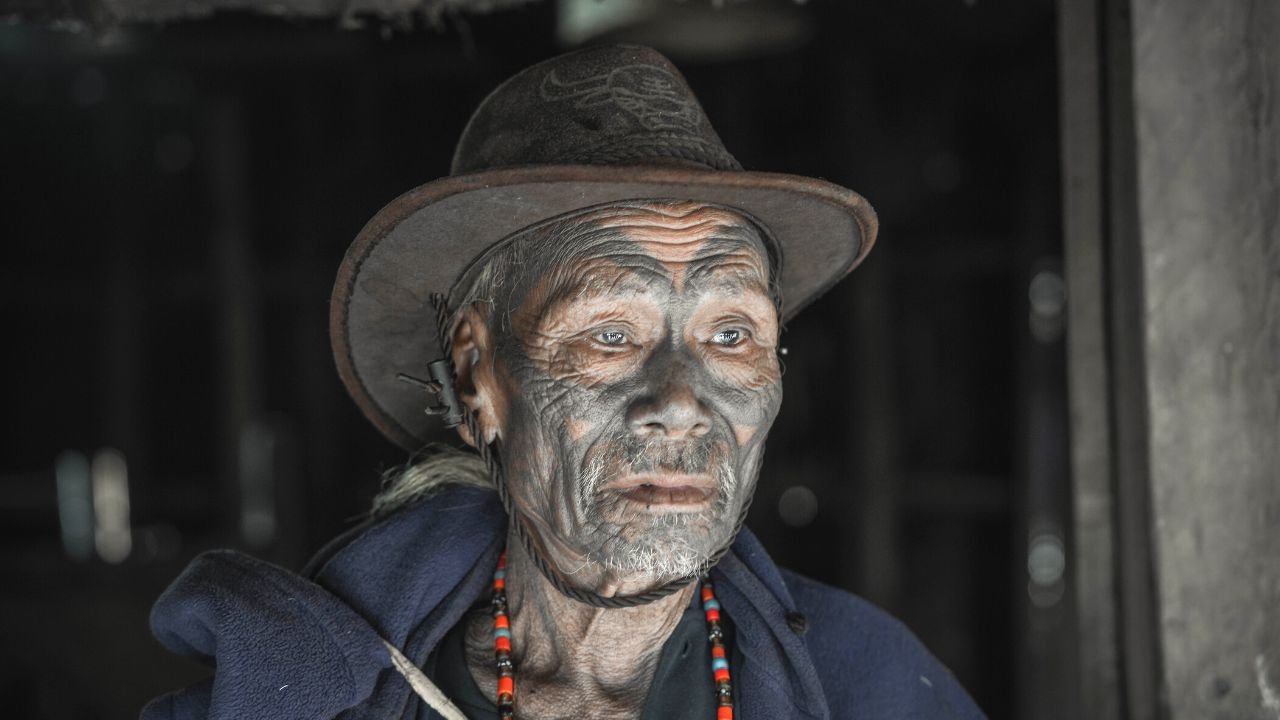

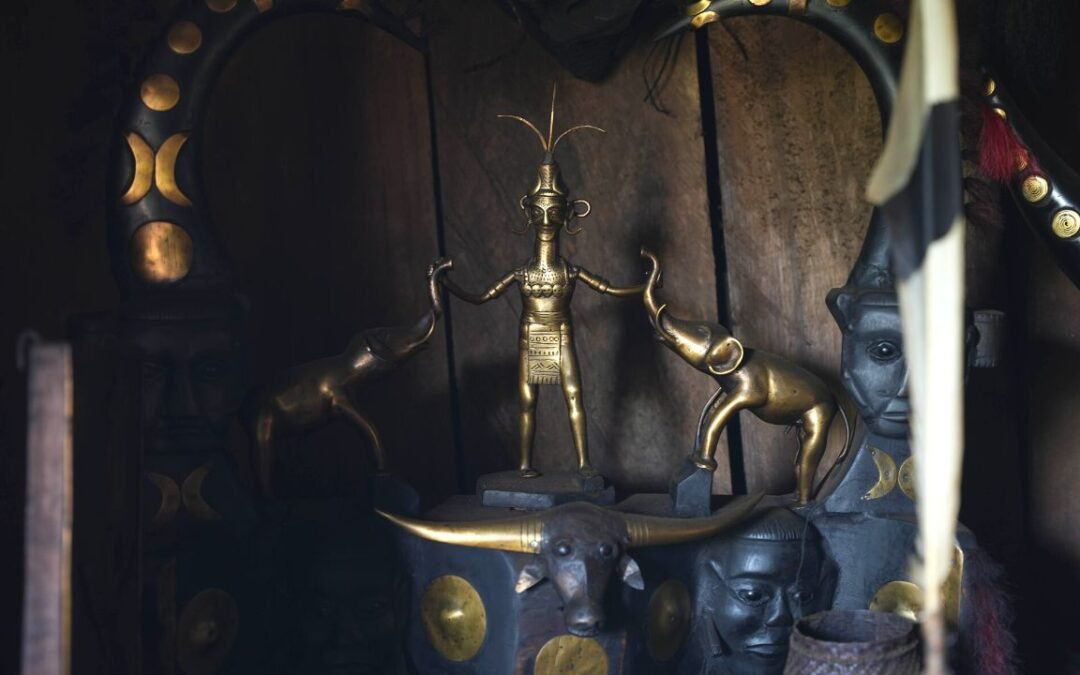
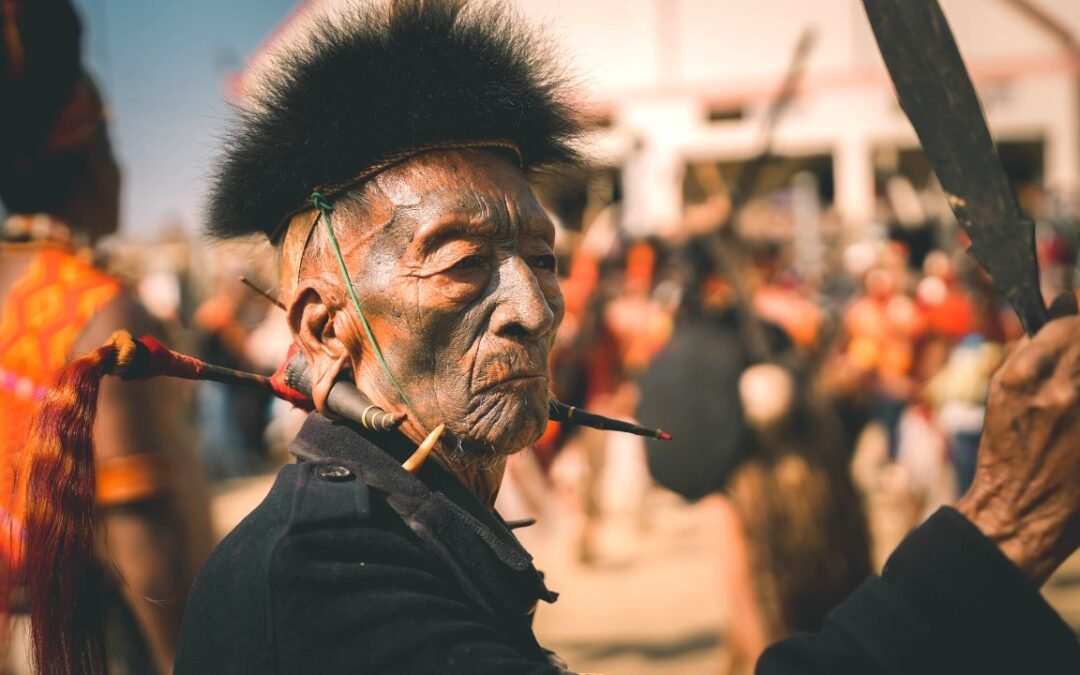
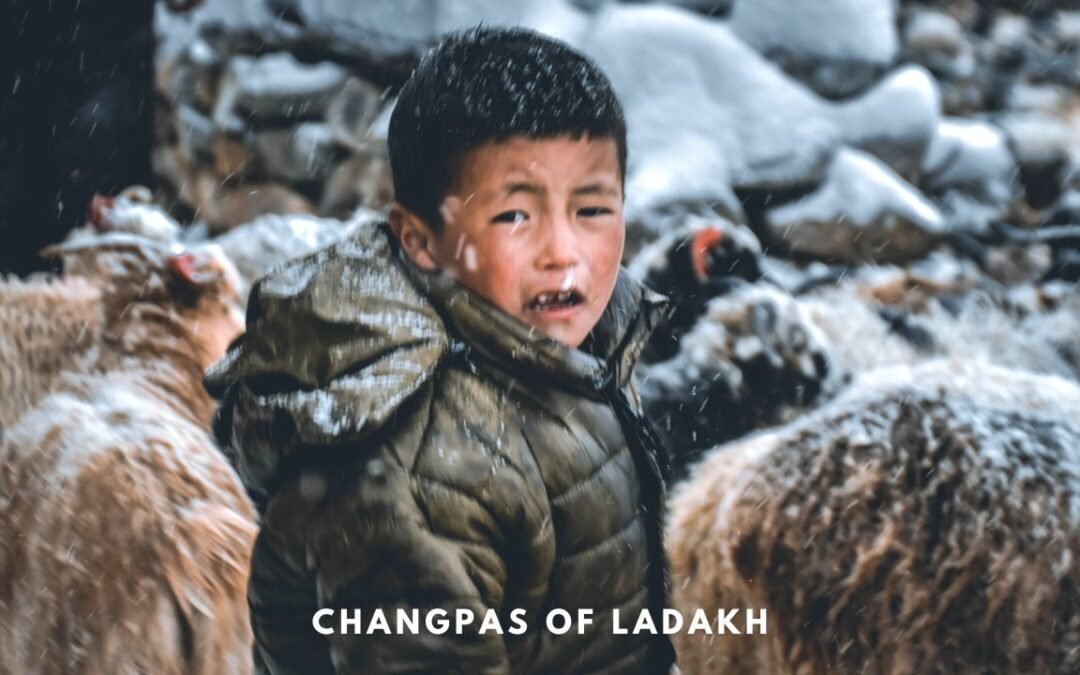

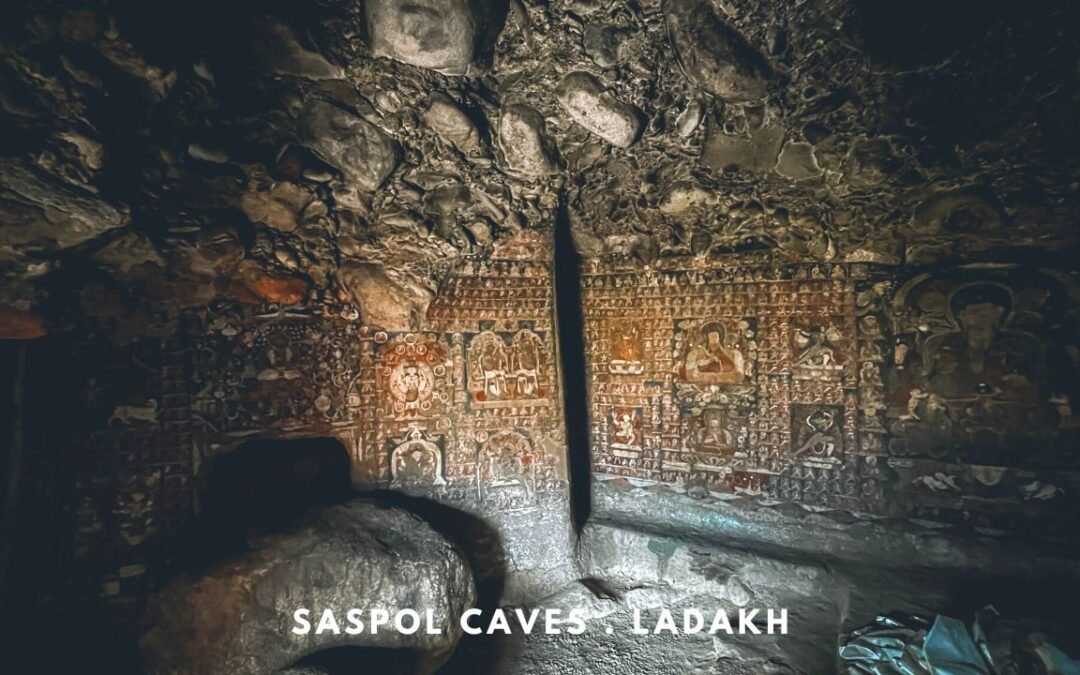


Whoa! The article is so interesting, Amrita. Thankfully, the headhunting practice has stopped, it is always good to see the current generation being proud of their ancestors and taking efforts to preserve the culture.
Thank you so much, Anukrati!